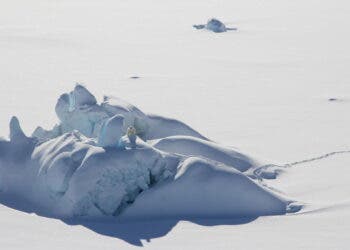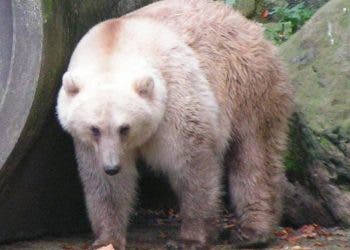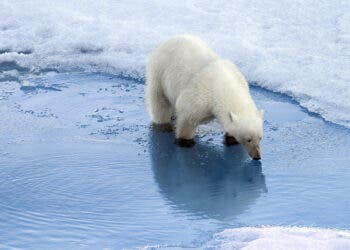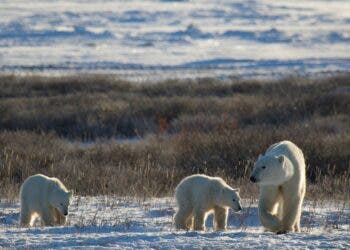Global warming is all fun and games until somebody breaks a penis! For a long time, scientists have been aware that chemical pollution makes polar bears’ testes and penis bone smaller. Concerns over polar bears’ mating potential have now grown after Danish researchers found pollution also reduces penile bone density, increasing the risk of fracture during mating.
Polar bears are not happy about this
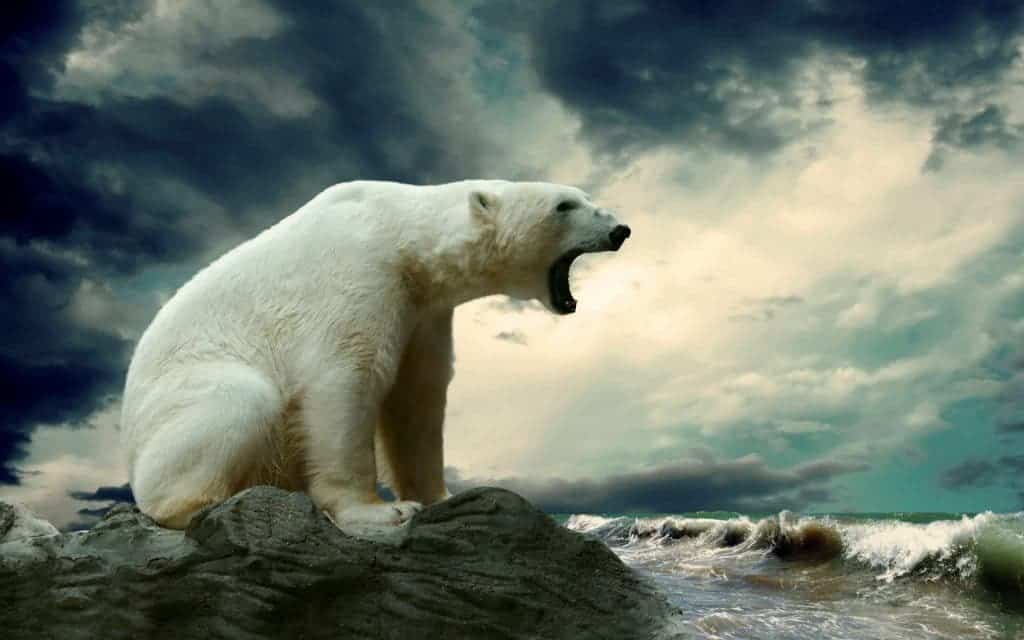
Yes, there are a lot of mammals that have bones in their penises, including chimps! However, biologists are still debating its function. Some believe it’s just a by-product of evolution, while others claim that it helps support the penis or stimulates females during coitus. Previously, Christian Sonne at Aarhus University, Denmark, and colleagues discovered that polar bears contaminated with high levels of pollutants called organohalogens reduces the size of the penile ball or baculum. This time, the team wanted to see what kind of effects a particularly nasty class of organohalogens, called polychlorinated biphenyls (PCBs), has on the baculums.
Since the 1920s, PCBs had been widely used for industrial applications, including the production of and rubber. A 2001 UN decision banned their use following conclusive reports that these harm health and cause cancer. But even if not one single molecule of PCBs was released since the ban was instated, it’s effects are still widely felt since it builds up in the atmosphere and is slow to break. The Arctic region is particularly vulnerable since this is where alarming concentrations of PCBs form, brought down by deposits of cooler air.
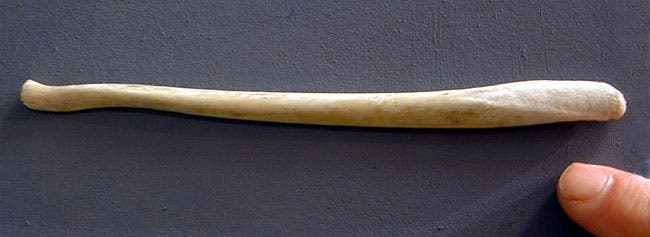
In collaboration with Canadian researchers, the team examined baculum specimens from 279 polar bears from north-east Greenland and Canada, all born between 1990 and 2000. Apparently, polar bear penile bones are easy to come buy since they’re often kept as trophies by hunters. It’s an actual sign that you have hunted and shot a bear, according to Sonne.
Using X-rays, the researchers calculated the calcium density and each bone. Comparing their figures against data on locally recorded levels of a range of harmful pollutants, they found a link between high PCB levels and low baculum density, as reported by New Scientist. As mentioned earlier, the role of the baculum is unknown by Sonne and colleagues believe a weaker peline bone significantly increases the risk of rupture. If this happens, a male will be unable to copulate. The paper was published in the journal Environmental Research.
Besides pollution, climate change is also contributing to the polar bears’ sexual demise in what seems to be a vicious cycle, according to Andrew Derocher at the University of Alberta in Edmonton, Canada.
“Skinny bears have higher levels of circulating pollutants, so the concern is that a bear that is nutritionally stressed may become more vulnerable to the effects of pollution at the same time,” says Derocher.
Next, the Danish researchers plan on tracking whether food shortages and pollution has triggered any evolutionary change in the polar bear population. It’s likely that many bears died over the past decades from pollution and those who’ve survived and those who follow may have responded in some way.
